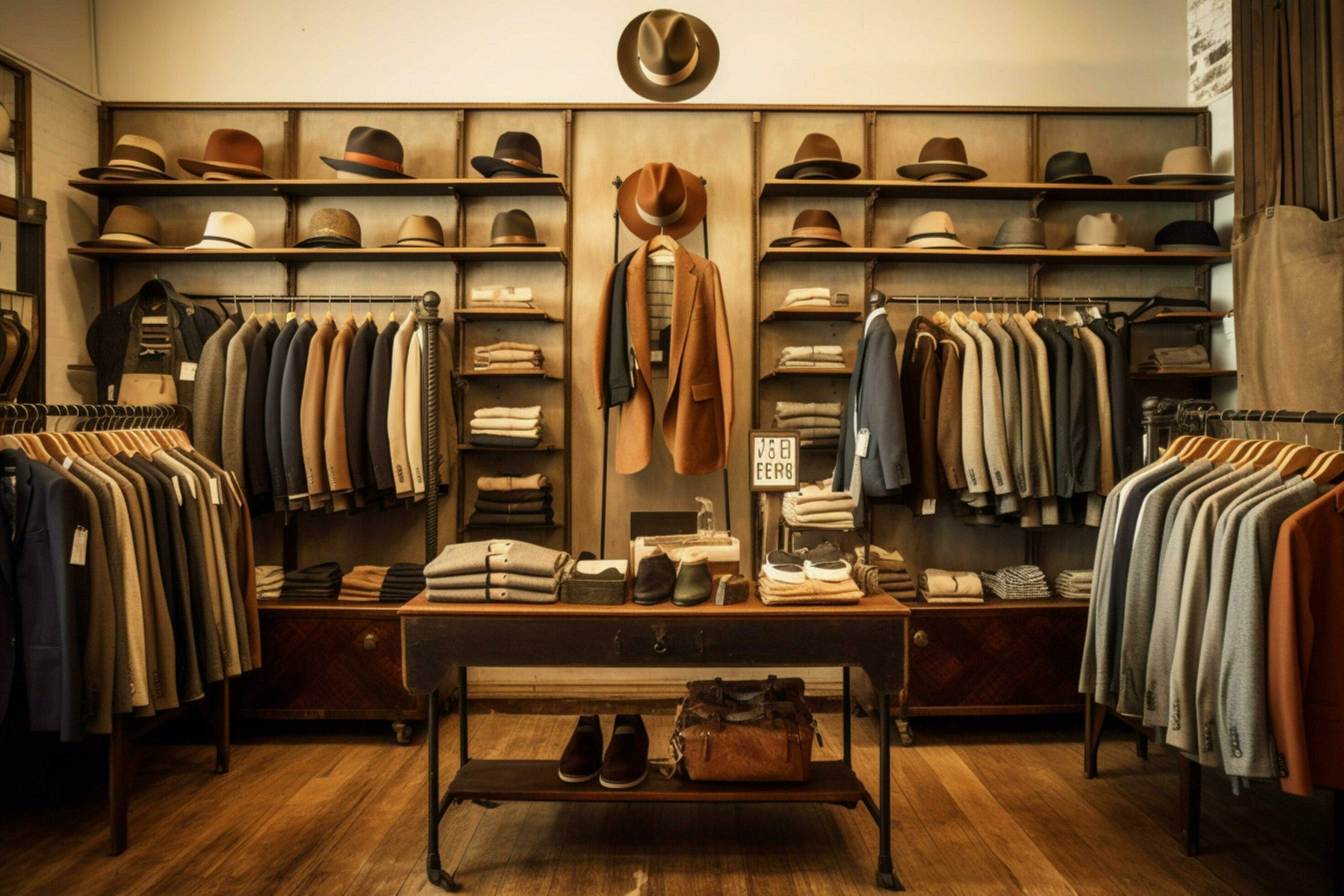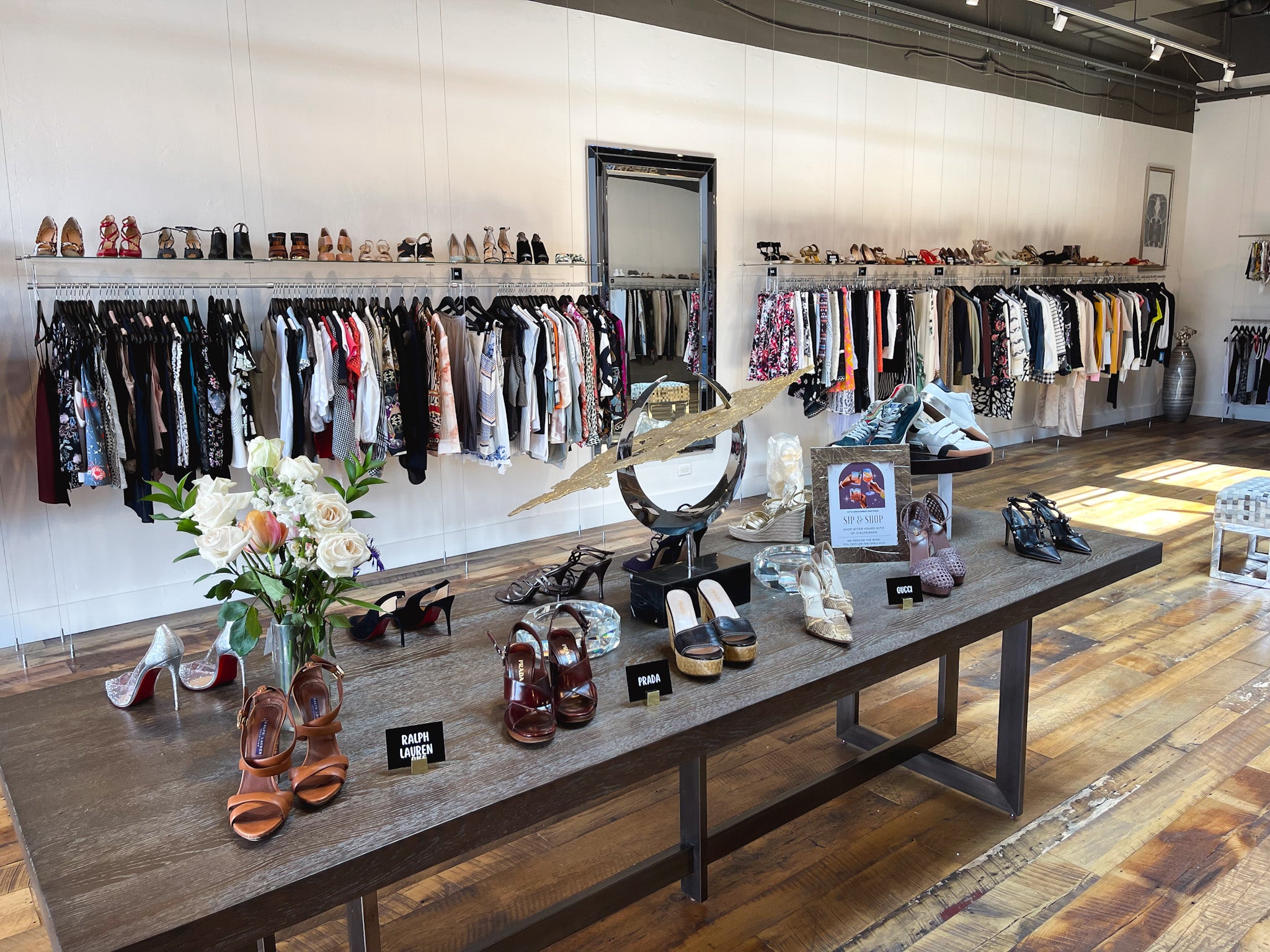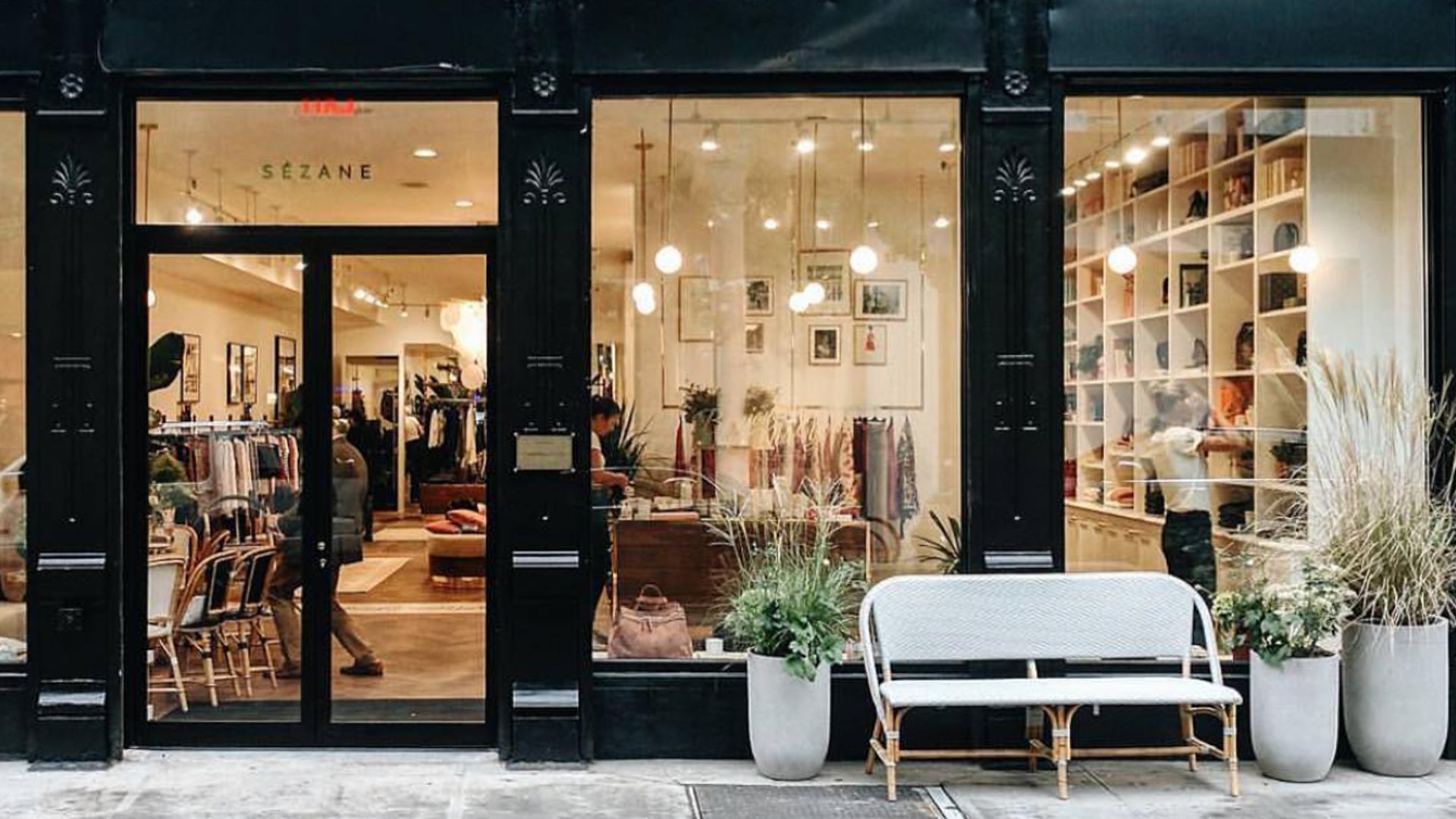Just how to Style Your Clothing with Boutique Fashion Locates
Just how to Style Your Clothing with Boutique Fashion Locates
Blog Article
A Deep Study the Globe of High-Fashion Runways: Comprehending Clothing as Art
High-fashion paths have become sectors where apparel transcends its utilitarian beginnings, developing right into an innovative kind of artistic expression. Developers, similar to masterful artists, weave intricate stories via form, shade, and fabric, testing standard standards and redefining beauty standards. These programs are greater than simple screens; they are immersive experiences, where every stitch and joint narrates rich with social value and avant-garde technology. As we explore these sartorial spectacles, we must consider: what function does fashion play in forming societal values, and just how does it show the ever-changing tapestry of human emotion and identity?
The Development of Runway Shows
The trajectory of path programs has changed significantly over the years, advancing from exclusive market occasions to fascinating eyeglasses that blend style with art. Generally, runway programs made love events, kept in ateliers or little locations, mostly gone to by purchasers and market insiders. These very early presentations concentrated on the garments' workmanship and business practicality, providing a functional and direct screen of seasonal collections.
As the fashion sector expanded, the nature of runway programs began to transform. The 1970s and 1980s noted a turning point, with designers seeking to distinguish themselves with more staged discussions.
Over the last few years, innovation and social media sites have actually further reinvented runway programs, making them obtainable to a worldwide audience. Livestreaming and digital platforms have equalized fashion, permitting enthusiasts worldwide to witness these events in real-time (boutique fashion). This development reflects a wider cultural shift, where high-fashion paths offer as a dynamic crossway of development, design, and performance
Designers as Enthusiast Artists
Just how have developers transcended their duties to become visionary artists? Developers in the high-fashion sector have blurred the lines in between functional garment development and the conceptual world of art. This change is apparent in the way they approach their collections, not simply as garments however as extensive expressions of emotion, culture, and identification. By embracing artistic disciplines such as sculpture, painting, and avant-garde installations, designers craft garments that challenge standard fashion standards and raise them to art kinds.
Visionary developers attract inspiration from a myriad of sources, including abstract art, historic recommendations, and individual stories. They possess a special ability to visualize and emerge ideas that push the limits of standard fashion, often redefining aesthetic standards in the procedure. This creative ingenuity is showcased via significant shapes, innovative products, and detailed craftsmanship, which invite audiences to experience fashion as more than just wearable products.
Furthermore, the path serves as a canvas for these artists, where lighting, songs, and set style coalesce to develop immersive experiences. These discussions are not merely displays of garments yet are managed efficiencies that stimulate emotion and provoke thought, verifying the designer's role as a true artist in the contemporary social landscape.
Cultural Impacts in vogue
Social tapestry weaves its intricate patterns into the material of fashion, influencing developers internationally. The vibrant interchange of cultural stories, customs, and signs educates and influences collections that poise high-fashion paths.
The impact of culture on fashion is commonly seen in the reinterpretation of standard garments and patterns. The usage of Japanese bathrobes, Indian saris, or African prints in modern fashion mirrors a blend of social credibility and modern-day visual appeals. Designers such as Valentino's Pierpaolo Piccioli and Alexander McQueen's Sarah Burton have actually been understood to incorporate abundant cultural themes right into their couture collections, equating background right into wearable art.

Development in Material and Design
Advancement in material and style continually improves the landscape of high-fashion, pushing limits and redefining opportunities. Developers are significantly checking out the combination of innovation, such as 3D printing, which permits for the development of intricate frameworks that were formerly unthinkable.
Additionally, sustainability has actually become a critical theme in material advancement. The fashion business is seeing a surge in making use of eco-friendly materials, originated from recycled plastics, organic fibers, and also biodegradable elements. These advancements not just provide new structures and aesthetics yet additionally address crucial environmental concerns. Designers are embracing these products to craft garments that are both aware and visually striking of their ecological footprint.
In terms of design, speculative types and progressive silhouettes are continually reinventing the runway. By integrating non-traditional materials and innovative strategies, developers cultivate garments that blur the line in between fashion and art, establishing brand-new standards for imagination and expression in the high-fashion sphere.
Impact of Fashion on Culture
Style possesses an extensive impact on culture, serving as both a representation of social identity and a driver for social change (boutique fashion). Via its advancement, style has mirrored societal shifts, enveloping the zeitgeist of various eras.
Moreover, style has the power to bridge social voids, cultivating understanding and admiration amongst varied teams. As globalisation accelerates, the cross-cultural exchange of style ideas comes to be significantly significant, advertising inclusivity and variety. The rise of streetwear, stemming from city subcultures, illustrates exactly how style can transcend socio-economic borders, granting individuals a method of self-expression and empowerment.
Fundamentally, style is not simply regarding aesthetics; it is a vibrant force that affects worths, mindsets, and societal development (boutique fashion). By continuously engaging with cultural and social currents, fashion stays an integral component of the cumulative human experience

Final Thought
High-fashion runways work as vibrant arenas where garments transcends performance to end up being a meaningful art form. Designers, akin to visionary artists, manage collections that show identity, emotion, and social narratives, challenging standard aesthetic appeals. The blend of ingenious fabric and layout, paired with fancy set layouts, lights, and songs, develops immersive experiences that celebrate multiculturalism. This intersection of fashion and creativity not only astounds audiences around the world yet additionally pop over to this site affects social understandings and advertises a much deeper admiration for multiculturalism.

Cultural tapestry weaves its intricate patterns into the fabric of style, affecting designers around the world.Fashion wields a profound impact on society, serving as both a reflection of cultural identity and a catalyst for social adjustment.
Report this page